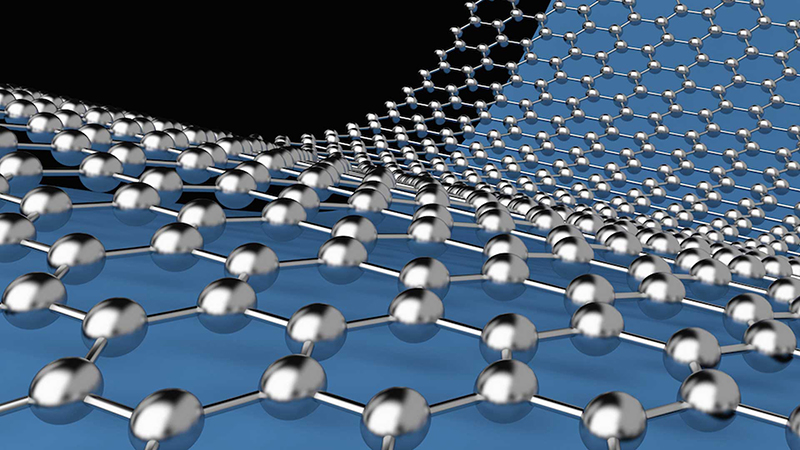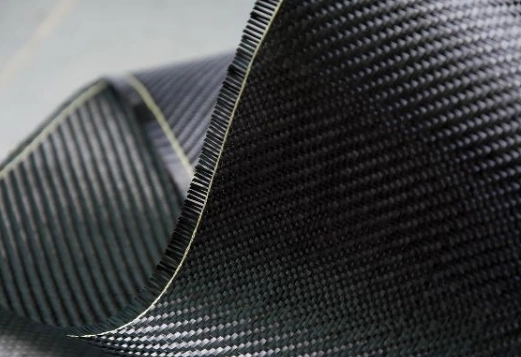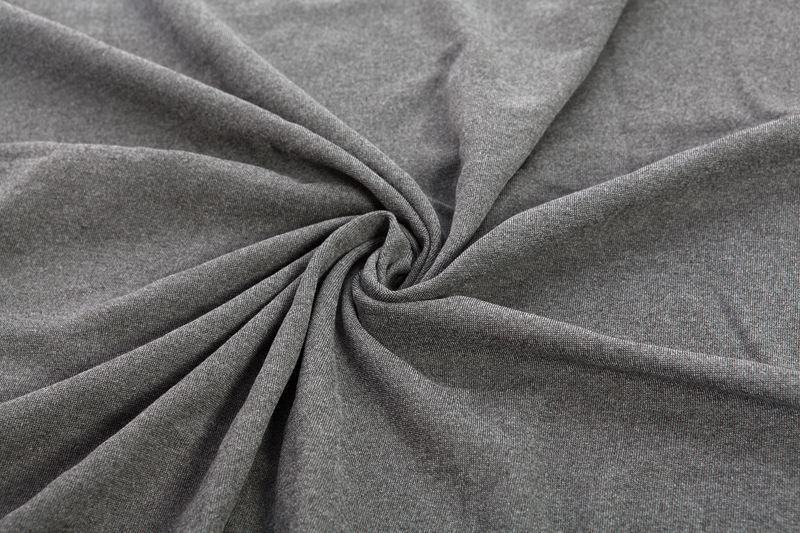1.What is graphene fiber?
Graphene is a two-dimensional crystal that is only one atom thick and made up of carbon atoms stripped out of graphite materials. Graphene is the thinnest and strongest material in nature. It is 200 times stronger than steel. Also it has good elasticity. Its tensile amplitude can be up to 20% of its size. So far, it is the thinnest and strongest new nanomaterial with the strongest electrical and thermal conductivity.
2.Functions of graphene fiber fabric
(1) Low temperature far infrared performance:
After compositing with biomass material graphene, the endowarm fiber is strengthened the inherent moisture absorption and air permeability of viscose fiber. Fabric of endowarm fiber is bright and soft. It has dry and smooth hand feeling. It is not easy to fade. At the same time, it perfectly reflects the efficacy of biomass graphene, among which the most obvious is to enhance the effect of body temperature far infrared. That is at low temperature of 20~35℃, its Far infrared light absorption rate at (6~14)μm wave is more than 88%. The great function of body temperature far infrared of endowarm fiber textile is to help to increase skin surface temperature, which dilates the capillaries, improve the body microcirculation, strengthen the metabolism between the tissues, dredge the meridians and improve immunity to achieve the health care effect on the human body.
(2) Antibacterial and bacteriostatic properties:
Various kinds of bacteria adhere to the graphene cotton silk fabric. The graphene cuts the cytomembrane by its sharp border and then the superoxide ions mediate oxidative stress and finally the bacteria die. Also the graphene can directly extract phospholipid molecules from cell membranes on a massive scale and damage the membranes to kill the bacteria. Graphene has great anti-bacterial performance when interact with bacteria. But it shows only weak cytotoxicity when interact with cells or organisms. It means that graphene is a kind of nanomaterial with both antibacterial and biocompatible properties, which has good application potential in biomedical textiles.
(3) Anti-static and anti-electromagnetic properties:
The electrical conductivity of graphene is 1×106 S/m. It is a good conductive material. Graphene has very high electron mobility. The electron mobility of graphene plane can be up to 1.5 x 105cm/(V·s), which is 100 time higher than that of the current best silicone material. Therefore, to add graphene into the inside of fiber will improve the anti-static property of the fiber. To add graphene will degrease specific resistance of fiber surface and also will impart fiber surface a certain smoothness and reduce friction factor, so as to inhibit and reduce electrostatic charge.
(4) Anti-washing, moisture absorption and moisture conductivity performance:
Graphene is a two-dimensional periodic cellular lattice structure composed of carbon six-membered rings, which can be warped into zero-dimensional fullerenes, rolled into one-dimensional carbon nanotubes or stacked into three-dimensional graphite. Because of its two-dimensional space, it has particularly strong water absorbing capacity. And it will keep good performance after wearing and washing for many times.
Post time: Jan-05-2023




